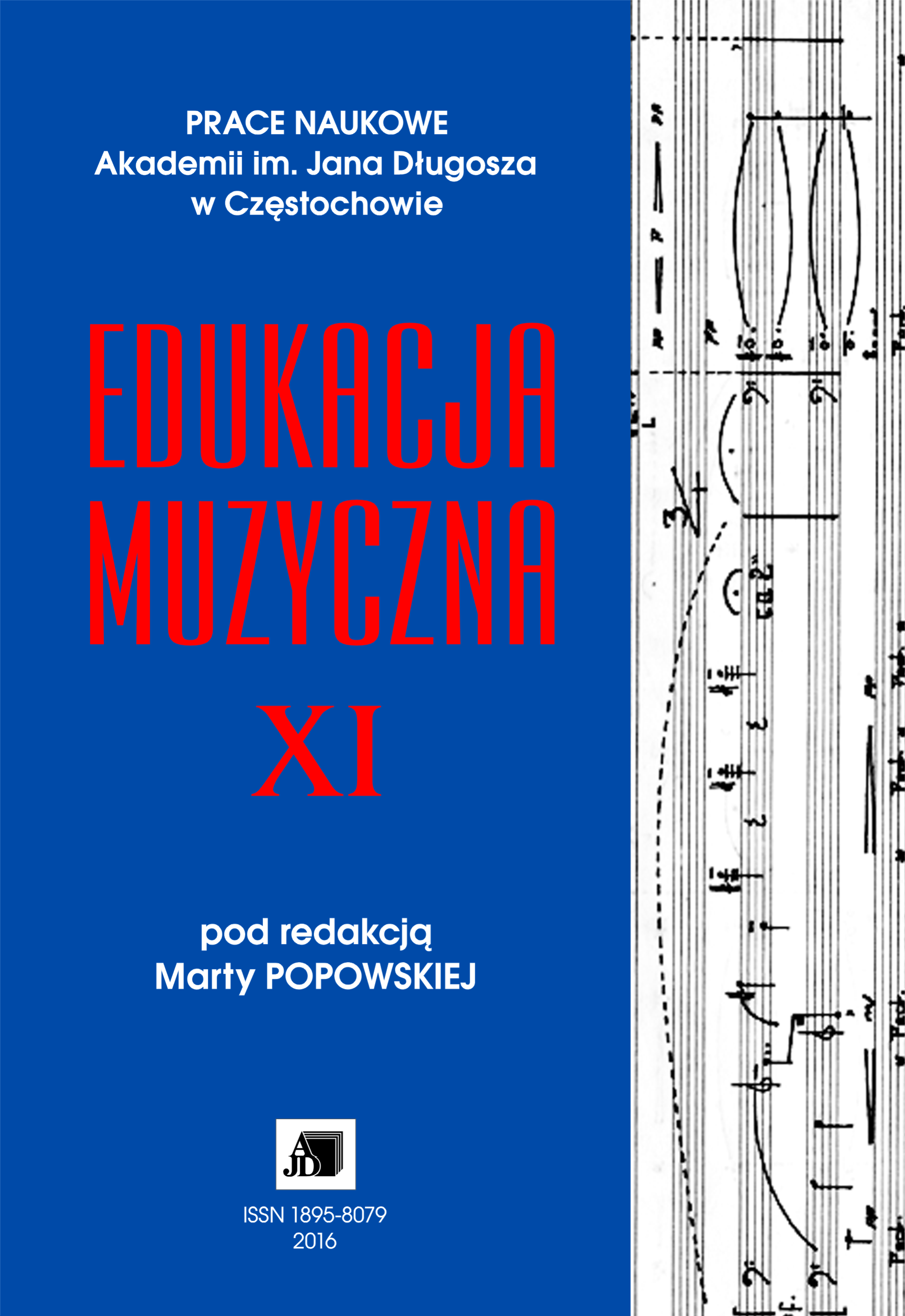O traktorze pędzącym w rytm Kalinki. Folklor w filmach animowanych Europy Środkowo- -Wschodniej powstałych w latach 1949–1984
On a tractor speeding to the rhythm of Kalinka. Folklore in Central and Eastern European animated films produced between 1949 and 1984
Author(s): Katarzyna BabulewiczSubject(s): Film / Cinema / Cinematography
Published by: Uniwersytet Jana Długosza w Częstochowie
Keywords: artistic creativity of the socialist countries; film music; animated film; music folklore; audiovisual forms
Summary/Abstract: Animated films for children deserve attention not only as works designed to transfer a didactic content, or to keep the youngest audience entertained – sometimes they document reality, perpetuate the fashion and architectural details. Similarly, when they refer to folk traditions, one can observe the conversion process of verbal forms of culture into audiovisual forms; as one of mass culture texts, they influence the way in which are shaped ideas about folk culture. The subject matter of the analysis is focused on the music for animated films produced in the USSR, Czechoslovakia and Poland between 1949 and 1984, that is during the rule of socialism in the Central and Eastern Europe. Only productions designed for children have been taken into consideration. Music folklore appears in these films in various forms: sometimes developed in accordance with the traditions of classical music, combined with the live music performing, modern mass pop music, or on the contrary – they use field recordings of traditional songs. The function of folk references is changing. The article pays particular attention to the ideological significance associated with the use of folk music in different productions; in the films created till “the Thaw” the postulates of socialist realism were usually implemented quite thoroughly, while the films of the next decades were gradually going beyond the imposed directives, which resulted in a great diversity perceptible in all the components of the animated film, including the approach to the folklore subjects. There are observable differences in the approach to the traditional repertoire in different countries – determined not only by the ideological pressure, but also by different musical traditions.
Journal: Edukacja Muzyczna
- Issue Year: 2016
- Issue No: 11
- Page Range: 61-80
- Page Count: 20
- Language: Polish

